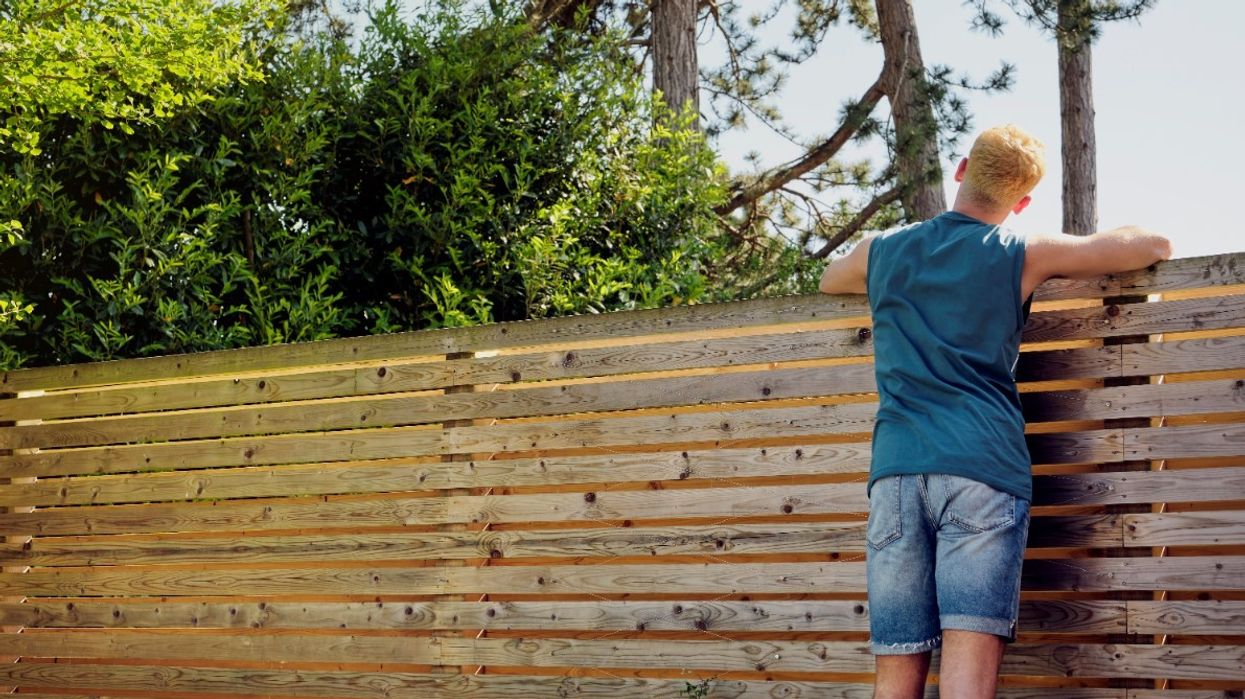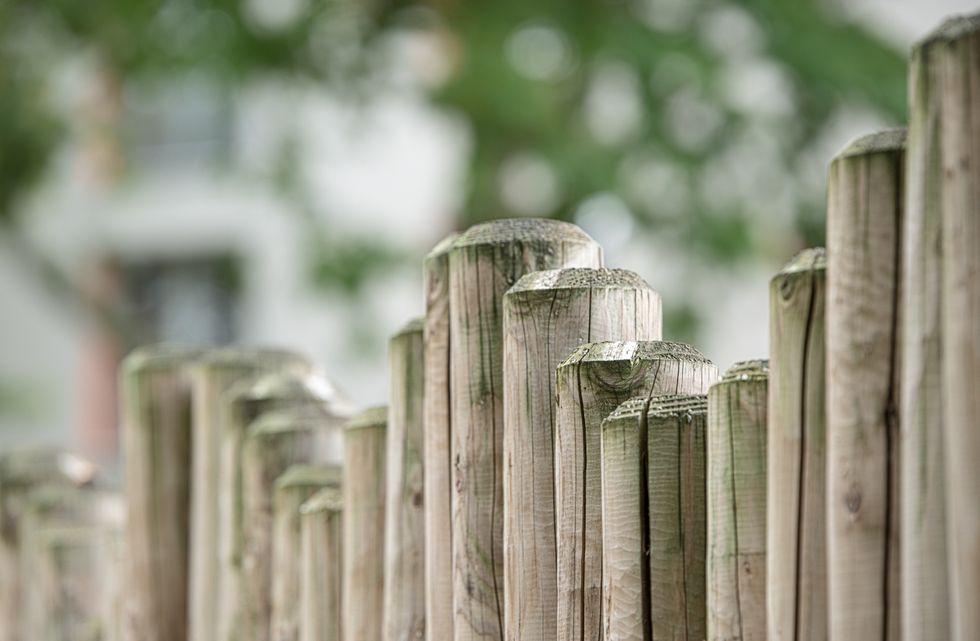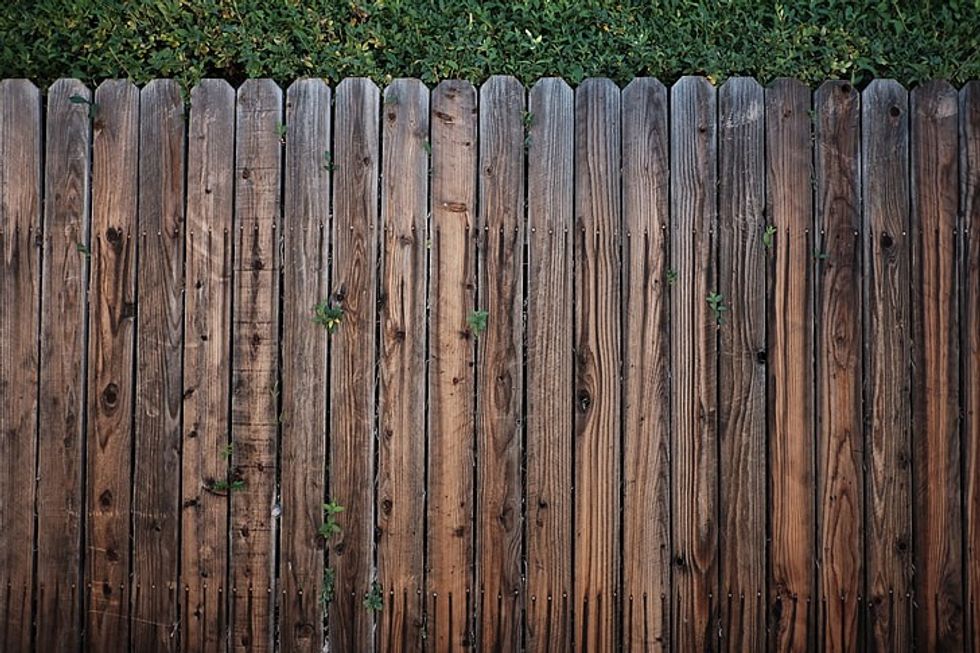‘Easiest way’ to know who is responsible for the garden fence - why it ‘differs depending on garden size and shape’

It is not always clear who is responsible for a garden fence
|GETTY

Minor niggles over fence ownership can spiral into big arguments - here's how to avoid disputes
Don't Miss
Most Read
Latest
Disputes over the ownership of fences can raise significant problems when the time comes for maintenance or repairs.
Many homeowners remain blissfully unaware of the rules until problems start to arise, and by then it may already be too late to change.
Speaking exclusively to GB News, Tom Clifford, from Gardenstone, explained that the responsibility for the fence doesn’t always fall on just one party.
“The responsibility for your property’s fences falls between two homeowners,” he explained. The expert explained how to know if the responsibility falls on them.
This comes as experts shared the "easiest way" to tell if you can chop down a tree in your garden as fines reach £20,000.

Garden fences are a common cause of disputes
| PEXELS“Commonly, homeowners will have the individual responsibility of the fence to their left as well as their property’s past fence, but this differs depending on your garden size and shape.
“Sometimes, the responsibility is even shared, which means the fence is owned by both homeowners."
Clifford explained that there is no single way to determine the ownership of a fence, as factors vary for each case. That being said, finding the plans of the property is an ideal starting point.
“The easiest way to determine which fence is yours is by consulting the property deeds and house plan, to find the boundary lines within your garden,” Clifford explained.
“If you are unsure who is responsible for each of your garden fences, then you need to consult your property deeds to find the plan of your property.”
This document will show a plan of your land, usually comprising a red line that outlines the borders of the property. There may be “T” and “H” marks, which harbour valuable information about the ownership of fences.
Clifford explained: “The property plan will show the boundary lines within your harden and each boundary line will have a ‘T’ symbol either on your side of the boundary or your neighbours.
“If the ‘T’ sits on your side of the boundary this means that the fence is your responsibility and you will be in charge of its maintenance and vice versa.
"Naturally, disputes with neighbours can be solved more affordably and quickly if they stay out of court.
“The best way to avoid disputes is to have a discussion with your neighbour regarding the official boundary lines,” noted Clifford.
LATEST DEVELOPMENTS

Conflicts over fences can easily be avoided
| WikiCommons“If you or your neighbour are unhappy with these boundary lines, or your property plan does not have them, you may be able to come to a resolution of your own that everyone is comfortable with.”
On the flip side, those who have people moving next door may benefit from letting them know what the situation is in advance.
Additionally, those moving into a new property with a fence are advised to enquire about whose responsibility it is before making any changes.
Without good communication, minor issues can quickly spiral into arguments and hinder your chances of a good relationship with your next-door neighbour.










